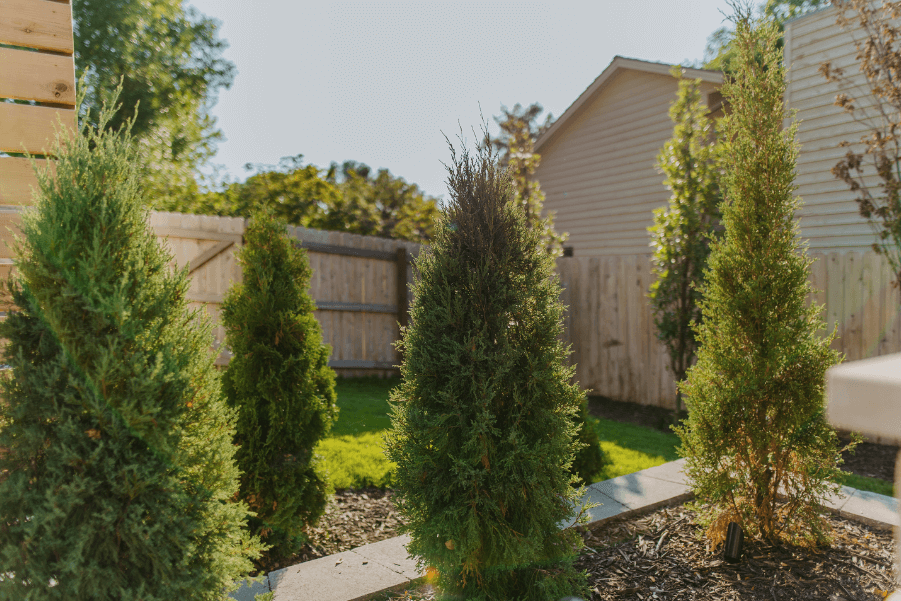A Guide to Winter Watering For Newly Planted Trees
The first step to improving your home’s curb appeal and aesthetics is ensuring that the Midwest winters do not ruin your newly planted trees and shrubs.
At Weller Brothers Landscaping, our team is committed to educating homeowners about uncommon practices that can save you money and headaches in the spring.
Below is a simple guide to winter watering in Sioux Falls, SD, Rochester, MN, and Des Moines, IA, to help your newly planted trees thrive through their first winter season.
Why is Winter Watering Vital?
In the fall and winter, trees drop their leaves and become dormant as they prepare for the colder temperatures. However, this does not mean they stop growing this time of year. Newly planted trees experience the greatest growth in their root system during the winter months.
Midwest winters can often be unpredictable, with two or more weeks without snow cover. This leaves roots susceptible to drying out, causing severe root damage. Neglecting to properly water your tree before winter is the largest contributing factor to the mortality of newly planted trees.
Establish Your Watering Routine
It is best to slowly water any newly planted trees with 10–15 gallons of water once a week before putting your hose away for the winter. If the temperatures rise above 40 degrees at any point in the winter, this is a great time to take advantage and let your trees grab a drink.
- Before winter: Continue to water your trees until the ground freezes. Slowly give your newly planted trees 10–15 gallons of water.
- During winter: If the temperatures rise to 40 degrees, and your tree does not have snow cover, you can water your tree during the winter. We recommend 10–15 gallons of water at midday to ensure the tree can soak up the needed amount of water before evening temperature drops hit.
- Following spring and summer: Continue to water the trees once a week with 10–15 gallons of water. The amount of water should be increased when the weather is dry, windy, or during prolonged periods of drought and sunshine.

Additional Winter Tree Care Tips
Young trees, especially thin-barked trees, are susceptible to sunscald and frost cracks because of the drastic winter temperature fluctuations. To prevent bark damage from the outdoor elements, or even your favorite furry friends, you can use commercial tree wrap.
Mulch base is another great way to ensure that your trees have a form of insulation. Mulch will also reduce soil evaporation and improve water absorption, allowing your tree to soak up every drop of water it may need to continue growing.
Contact Us To Prepare Your Trees For Winter
Proper tree care leading up to and during the winter months is crucial for tree health and survival. We know you may not be a tree care professional, but we are! Let the team at Weller Brothers in Sioux Falls, SD, Rochester, MN, and Des Moines, IA, take the guesswork out of winter preparation this season.
